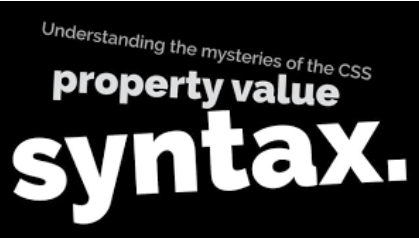CSS (Cascading Style Sheets) by UDEMIE is an essential language for web development, allowing you to control the visual presentation of your HTML documents. Understanding CSS syntax is crucial for applying styles effectively. The style rules in CSS are applied to the appropriate components in your document by the browser after being evaluated. A declaration block and selector make up a style rule set.
CSS Syntax – property | value Synopsis
Selector:
In CSS, a selector is used to pick and target particular HTML elements for style application. Selectors are essential because they specify the HTML elements that you want to style. For example, if you want to style all paragraphs in your HTML document, you would use the p selector. There are various types of selectors, including class selectors, ID selectors, and attribute selectors, each allowing for different levels of specificity and flexibility in targeting elements.
Declaration:
A declaration in CSS consists of a property and its associated value combined. Properties are aspects of the elements you want to style, such as color, font-size, margin, and more. Values are the specific settings you apply to those properties. For example, color: red; is a declaration where color is the property and red is the value. Multiple declarations can be grouped together within a declaration block, which is enclosed in curly braces {}.
Example of a CSS Rule Set:
Here’s an example of a simple CSS rule set:
p {
color: blue;
font-size: 16px;
}In this example:
- The selector
ptargets all<p>elements in the HTML document. - The declaration block contains two declarations:
color: blue;andfont-size: 16px;. - The property
coloris assigned the valueblue, changing the text color of all paragraphs to blue. - The property
font-sizeis assigned the value16px, setting the font size of all paragraphs to 16 pixels.
Applying Styles:
When you write CSS, it’s crucial to understand how styles cascade and inherit. The term “cascading” refers to the way styles are applied in order of priority. If multiple styles apply to the same element, the browser uses a specific set of rules to determine which style to apply. Understanding the specificity of selectors and how inheritance works in CSS will help you manage the application of styles more effectively.
Mastering CSS syntax is the foundation of creating visually appealing and well-structured web pages. By combining selectors and declarations, you can csontrol the appearance of your HTML elements with precision. As you continue to learn and practice CSS, you will discover more advanced techniques and properties that will allow you to build sophisticated and dynamic web designs.
READ: Introduction to CSS
Read CSS Syntax – property | value online
You can use the link be low to read CSS Syntax – property | value online
Read Online




